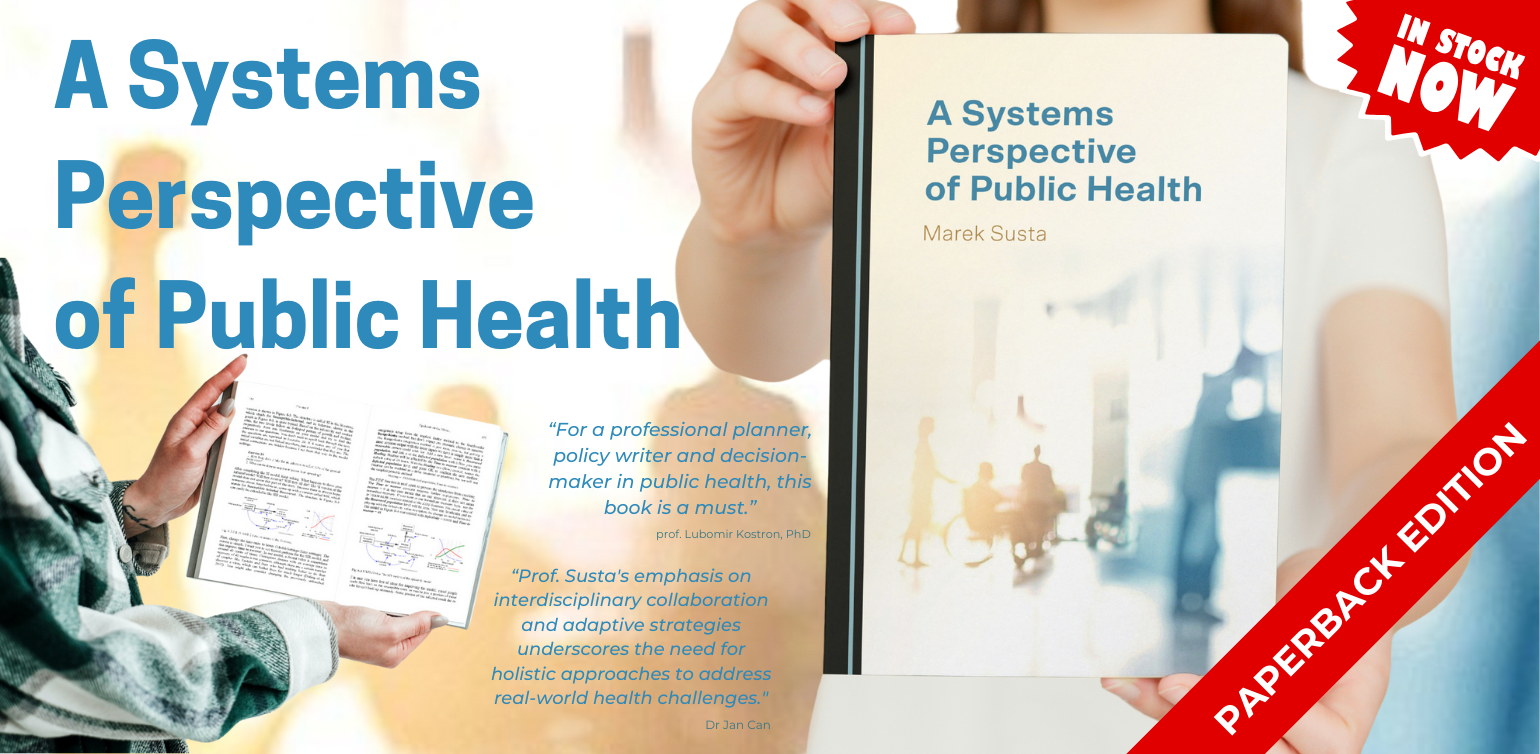
A Systems Perspective of Public Health
The book is long enough by itself, so we will limit the introduction to the necessary information. The motivation for writing this book was a request from managers, policy makers and students for a textbook on the systems approach in public health and epidemiology. If you type the keywords "public health" and "systems approach" into a search engine, you will find a number of works that have those terms in their titles. Looking through their text, you then struggle to find even the slightest mention of what the systems approach means, much less how to apply it to problem solving. To put it another way, there was nothing to recommend to Masters and PhD students, management executives and politicians making decisions about public affairs, and so the book that has just been published by Cambridge Scholars Publishing in the UK was born.


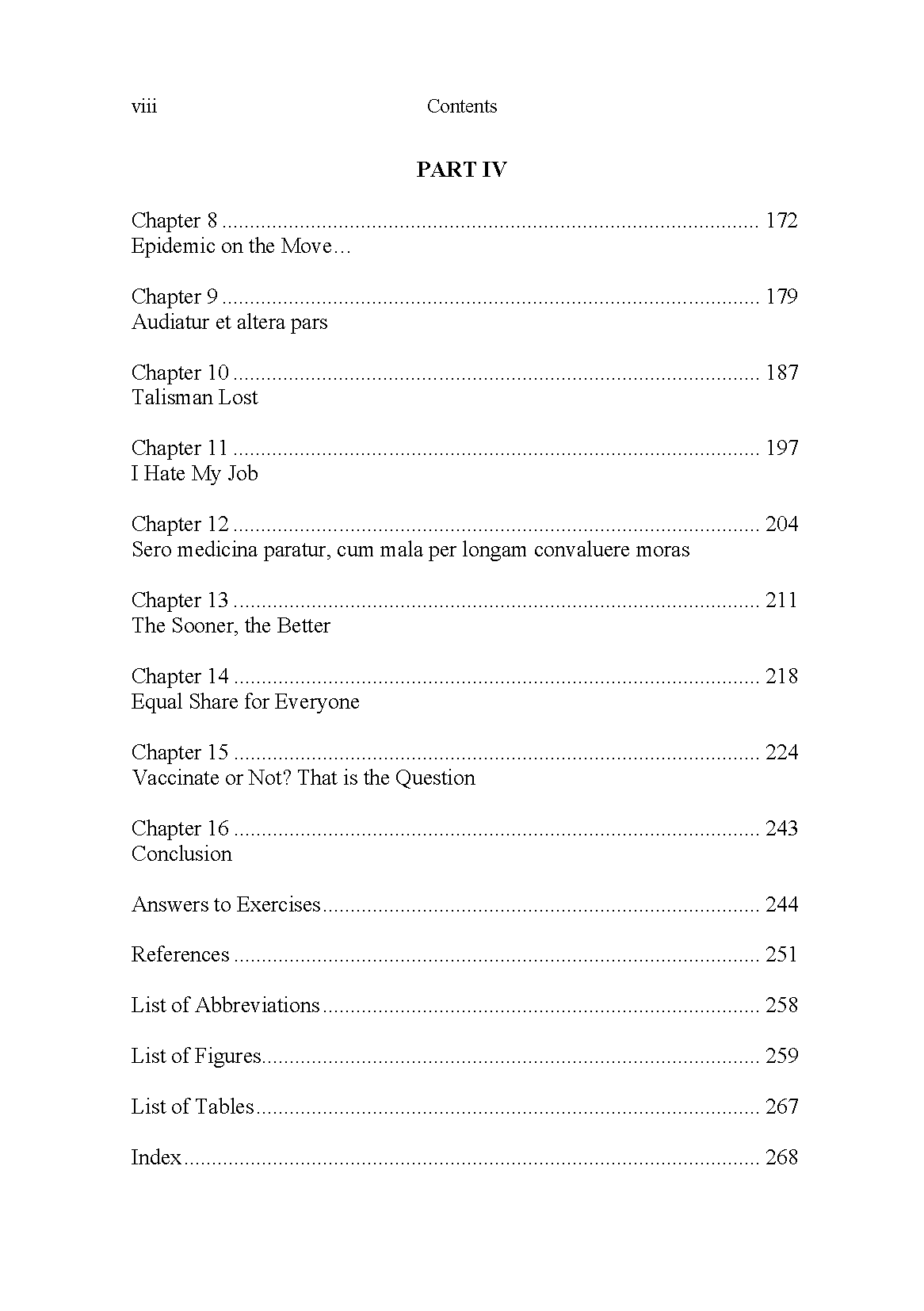
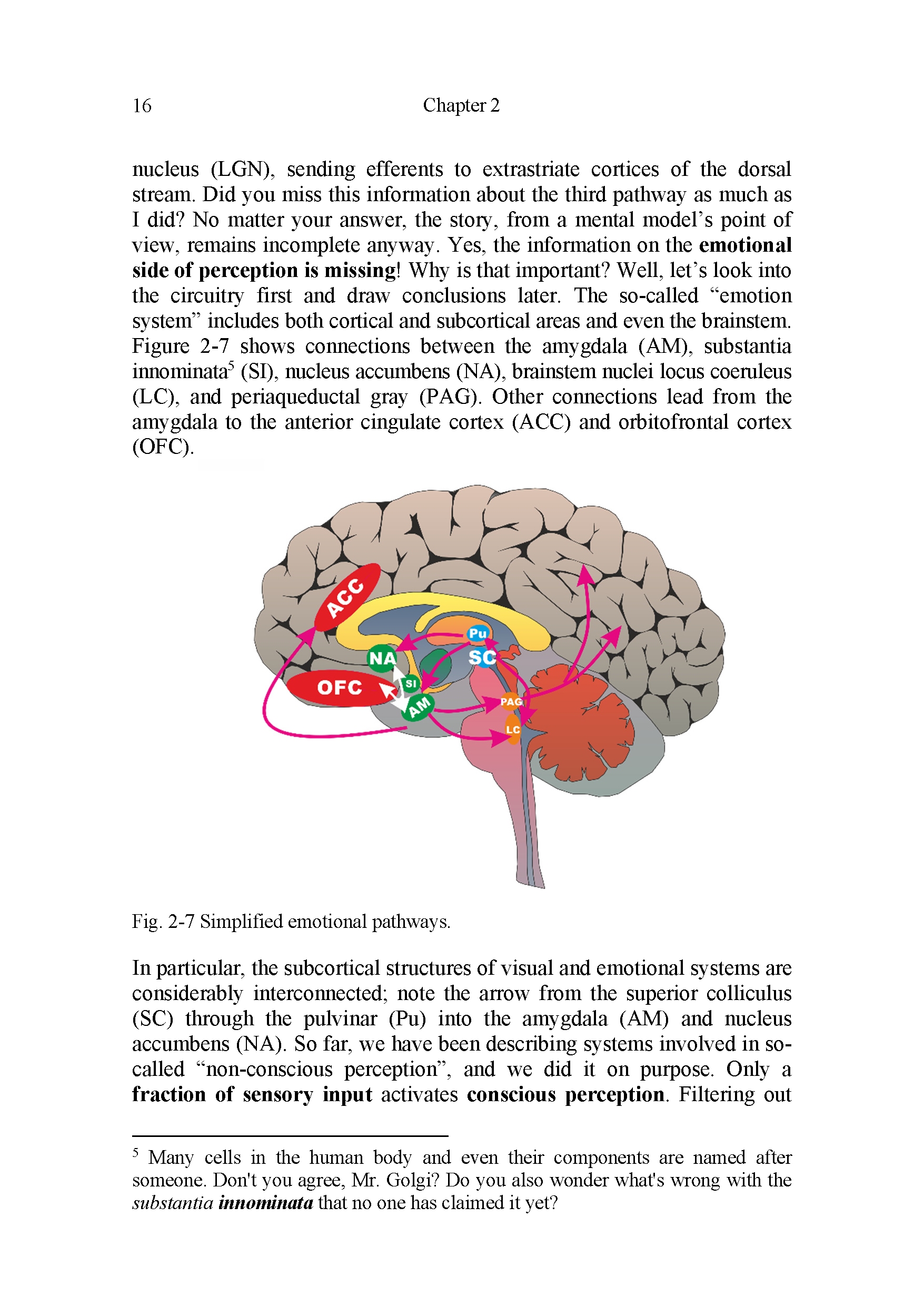
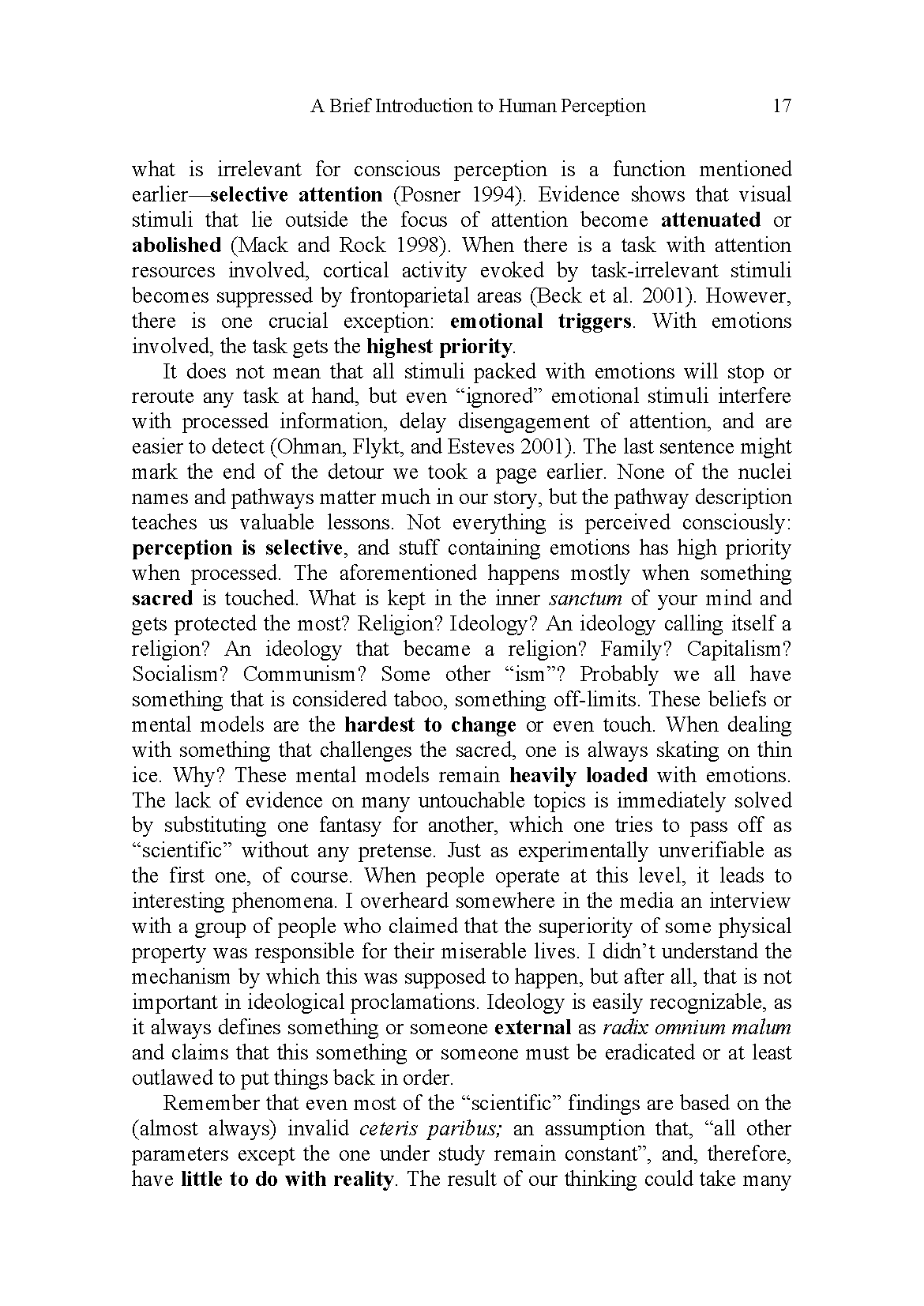
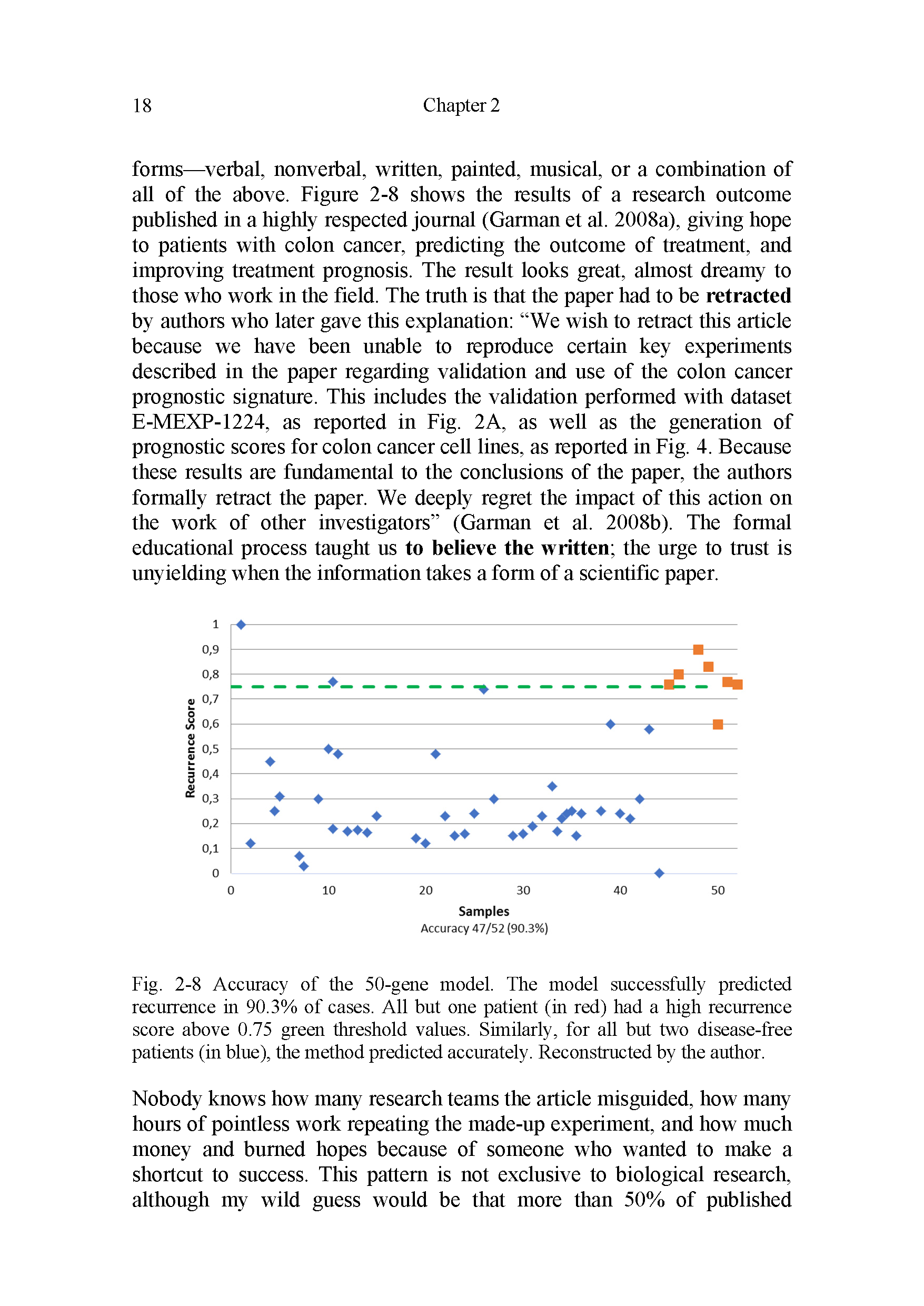
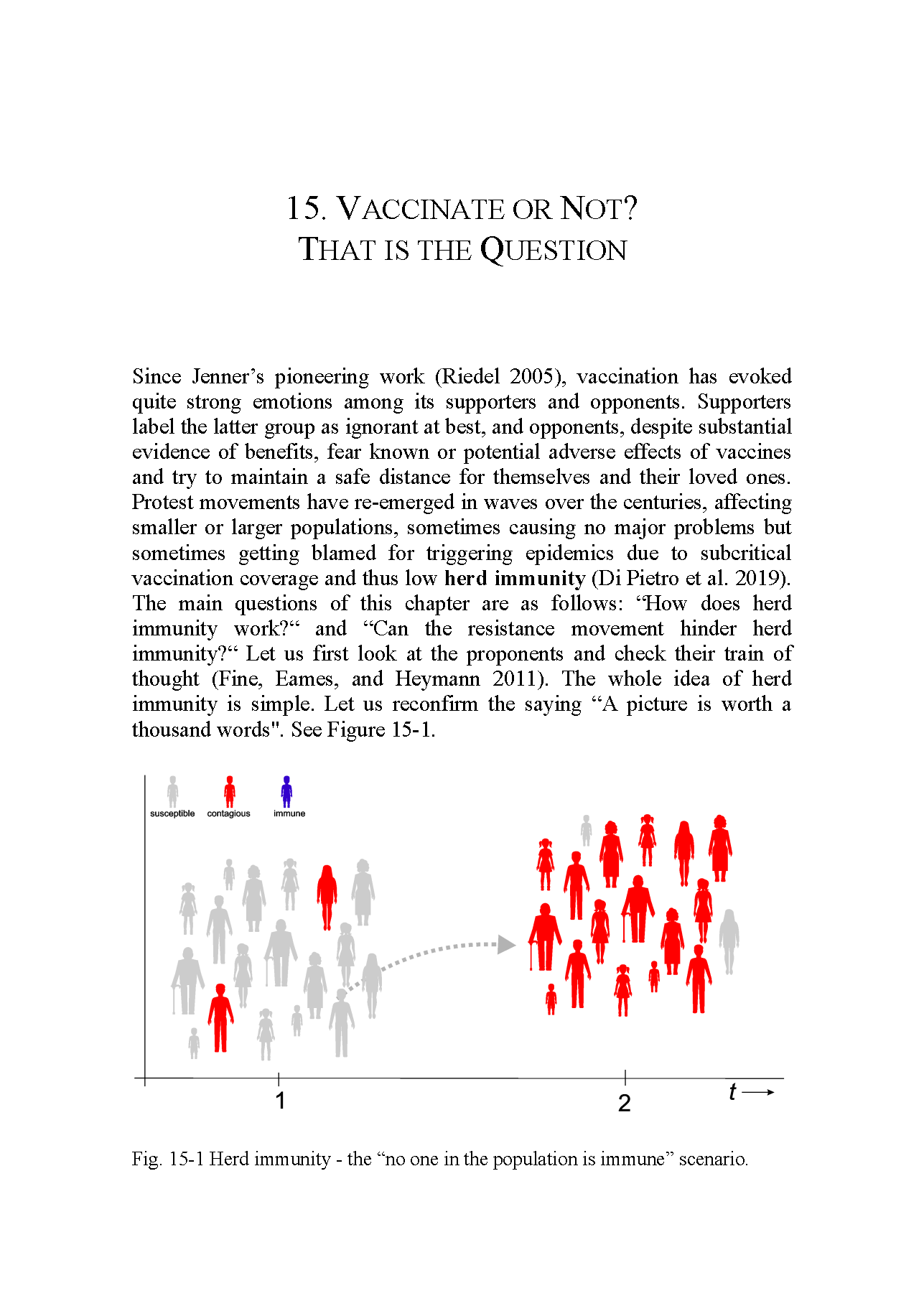
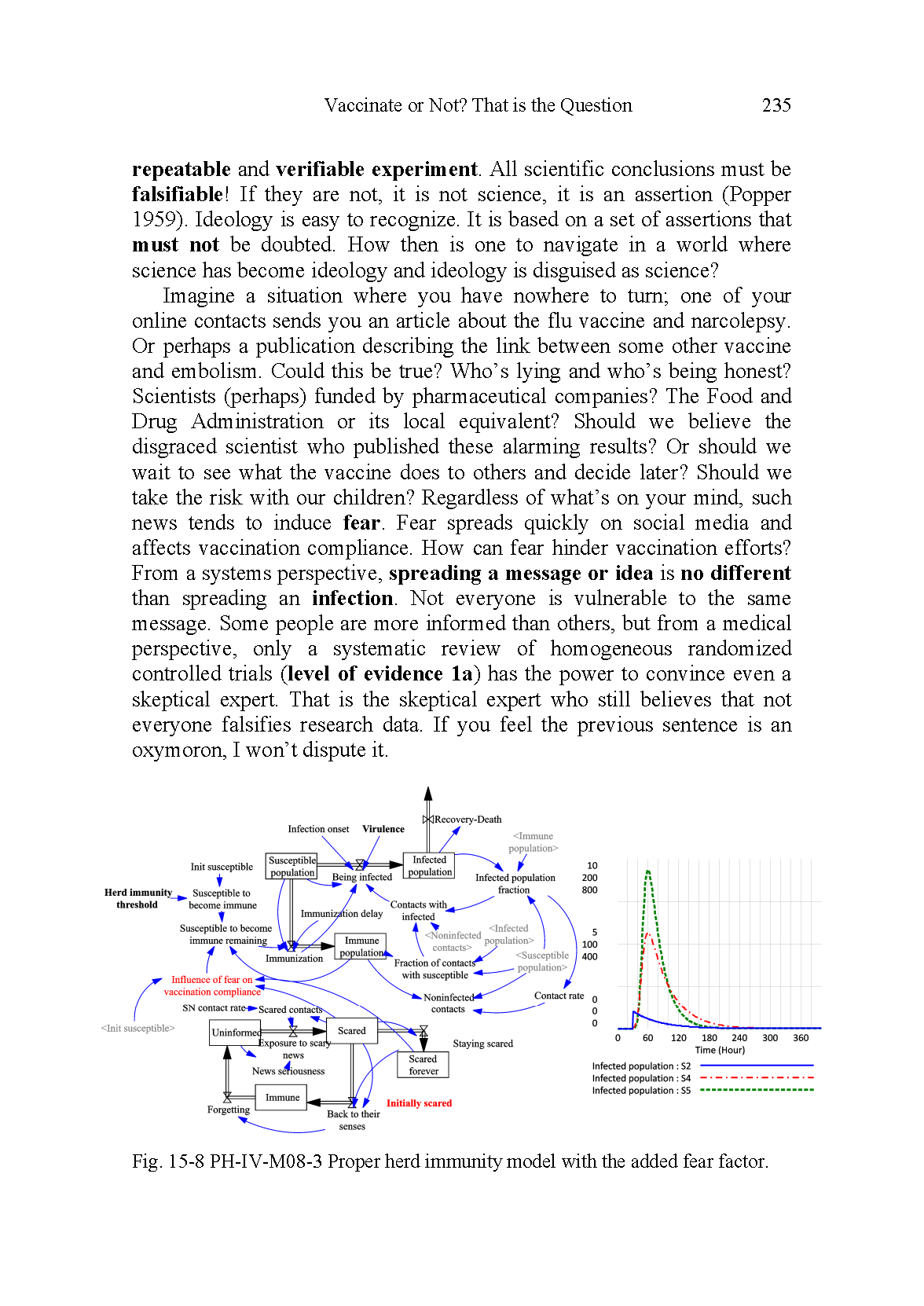

- The Who and Why of this book explains why to take a systems approach, what it meant in public health in the past, and who the book is for.
- A Brief Introduction to Human Perception is a general, psychological-neurobiological explanation of the limits of human reasoning and motives for action.
- Systems Skills - What is That? contains a long collection of the basic system structures that make up our world, including their behavior, their benefits, and the dangers they hold.
- Turning on the Computer guides the reader through the basics of working with dynamic simulation software, which is available for free for personal learning purposes, thanks to the generosity of Ventana Systems Inc. and ends with the reader creating their first dynamic simulation model.
- The Tragedy of Public Property is an introduction to the general health care system from the perspective of the soft-part of systems methodology - the Systems Thinking.
- Ultra Posse Nemo Tenetur looks at the health care system from the perspective of the political representation of the government, and concludes by asking questions that can no longer be reasonably answered without computer-enhanced systems methodology.
- Public Property - This Time to the Fullest then demonstrates the process by which a diagram created using Systems Thinking is converted into a System Dynamics model.
-
Epidemic on the Move explains how the dynamics of epidemics can be grasped.
-
Audiatur et Altera Pars then provides insight into a problem that is often addressed by suppliers of medical consumables, devices and pharmaceutical companies.
-
The change from traditional, paper-based prescribing to electronic prescribing and the implications of this policy are explored in Talisman Lost.
-
I Hate My Job discusses the workload and overload of healthcare workers and its implications for both the hospital and personal life.
-
A special chapter is Sero Medicina Paratur..., which deals with a topic at the intersection of public health and psychiatry - the post-traumatic stress disorder (PTSD). It explains to the reader the process by which human behavior can be modeled in a systems approach and how various therapeutic strategies can be tested.
-
The Sooner the Better guides you through modeling the design of health care facilities in terms of capacity, queues, and diagnostic procedures.
-
Equal Share for Everyone is a reflection on the politics of introducing health insurance for the entire population, seeking to answer the question of whether an egalitarian system can be kept in balance or whether it necessarily creates a deficit and why.
-
Vaccinate or Not is a continuation of the first chapter of Part Four, which explores the details of herd immunity, the anti-vaxxer movement, and vaccination in the context of personal decision-making and government policy. It does not shy away from the now vibrant topic of the spread of false news, misinformation and the benefits or harms of this.
The book is challenging, but like all of Marek's works, it has the potential to truly teach the reader what it promises. All the models in all crucial stages of development described are available in an archive that can be downloaded using the button below. The models are intended for book owners only, the archive is password protected, the password can be found inside the book. The book does not explicitly discuss all public health problems, but the illustrative examples and the process of their interpretation will teach the reader how to approach any complex problem of a dynamic nature using a systems perspective. The book can be ordered from us or from the publisher's website.


